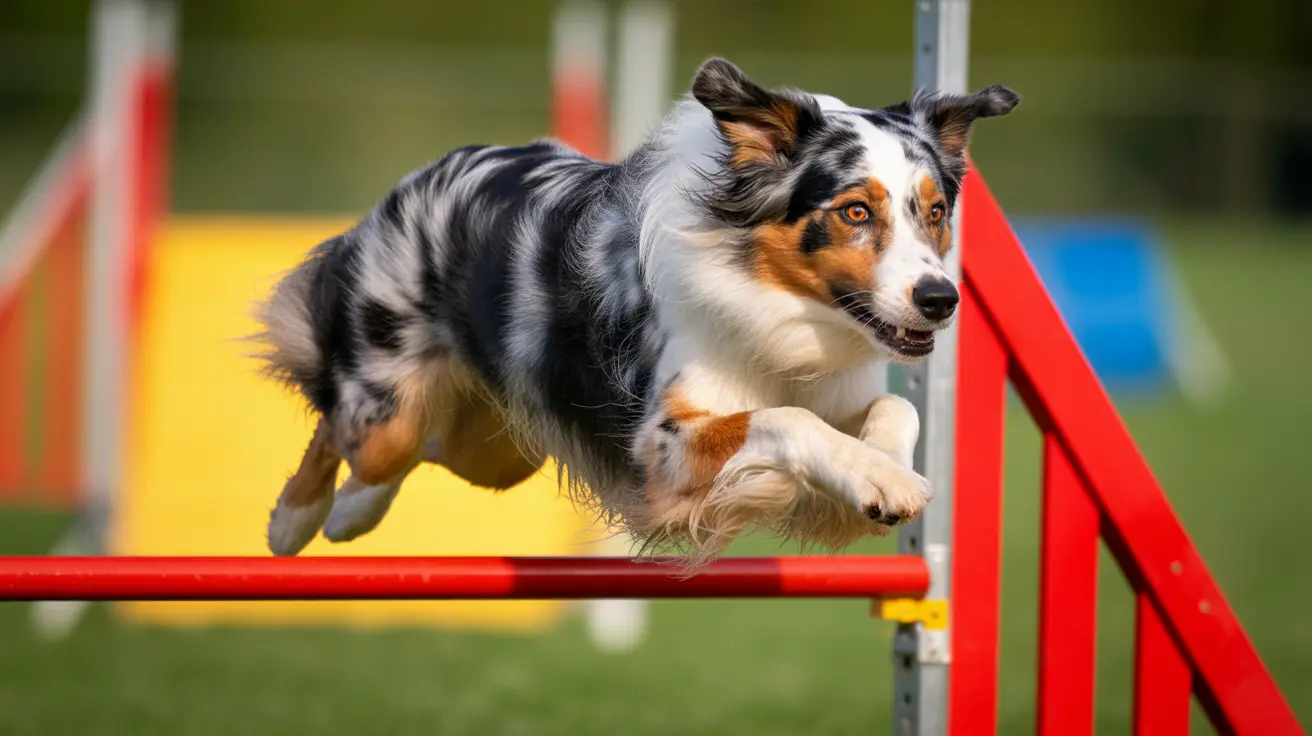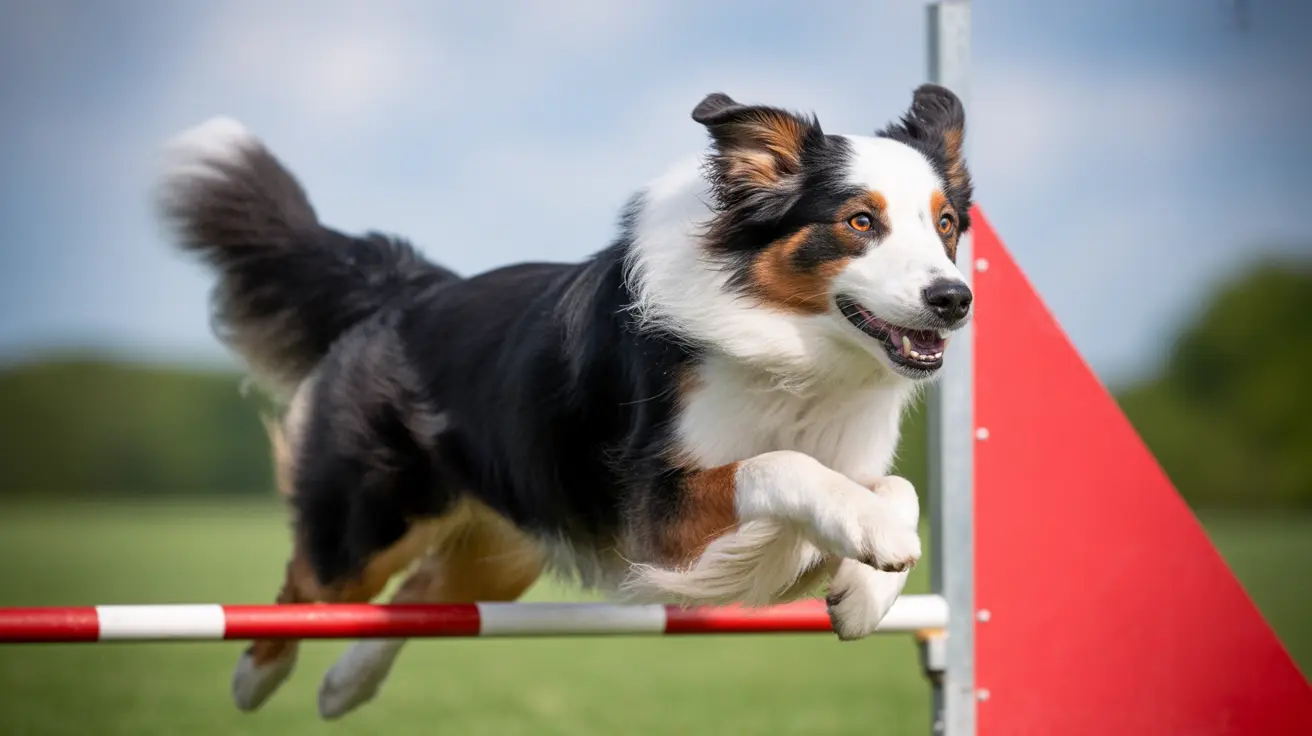Understanding the Risk of Leptospirosis in Dogs
Leptospirosis is a serious bacterial disease that affects both animals and humans. Caused by infection with Leptospira bacteria, it is one of the most prevalent zoonotic diseases globally, meaning it can be transmitted from animals to people. For dog owners, understanding the risk and prevention methods is critical to ensuring pet safety.
How Dogs Contract Leptospirosis
Dogs typically get leptospirosis from contaminated water or soil that has been in contact with the urine of infected animals, including:
- Rats
- Skunks
- Raccoons
- Opossums
- Squirrels
- Deer
Standing water in puddles, lakes, and streams is a common source of infection. The bacteria can enter a dog’s body through mucous membranes or small cuts in the skin during exposure or by drinking contaminated water.
How Common Is Leptospirosis in Dogs?
Leptospirosis is increasingly common worldwide, with confirmed cases in both urban and rural areas. Outbreaks have been linked to dog daycares and boarding facilities, suggesting that any environment where dogs congregate could pose a risk.
Dogs of all breeds, sizes, and lifestyles are vulnerable, particularly those who:
- Spend time outdoors
- Live in areas with high rainfall
- Are exposed to wildlife or rodents
- Visit parks or communal play areas
While it's hard to predict exact odds, it is clear from veterinary recommendations that any dog going outdoors has a tangible risk of contracting the disease.
Signs and Symptoms to Watch
Leptospirosis can present with a range of symptoms or in some cases, none at all. When they appear, common signs include:
- Fever
- Vomiting and diarrhea
- Loss of appetite
- Depression or weakness
- Abdominal pain
- Increased urination or thirst
- Jaundice (yellowing of eyes or gums)
- Muscle pain and stiffness
Severe cases can lead to kidney or liver failure, bleeding disorders, and even death. Mortality rates range from 10% to over 40%, particularly in puppies and younger dogs.
How Vets Diagnose and Treat Leptospirosis
Diagnosis involves a combination of clinical suspicion, blood tests, and PCR/NAAT testing of urine and blood samples. It's vital these samples are collected before antibiotic treatment begins to increase test accuracy.
Treatment typically involves:
- Antibiotics like doxycycline
- Intravenous fluids for hydration
- Anti-nausea medications
- Dietary support
- In severe cases, dialysis or intensive care
Quick veterinary intervention greatly improves the chance of recovery and reduces the risk of long-term organ damage.
Prevention Through Vaccination
The leptospirosis vaccine is not mandatory everywhere, but it is a core recommendation by both the American Animal Hospital Association (AAHA) and British Small Animal Veterinary Association (BSAVA). The vaccine protects against four major Leptospira serovars: Canicola, Icterohaemorrhagiae, Grippotyphosa, and Pomona.
Vaccination protocol includes:
- Two initial doses given 2–4 weeks apart
- Annual booster shots
Even vaccinated dogs may still become infected with uncommon strains, but vaccination significantly reduces the severity of illness.
Are There Side Effects?
Most dogs experience mild side effects such as soreness at the injection site or slight tiredness. Rare, more severe allergic reactions can include hives or facial swelling, but newer vaccines have significantly reduced these risks. Data from the UK report suspected adverse event rates of only 0.016% to 0.045% depending on vaccine type.
Additional Preventive Measures
- Avoid letting your dog drink from or swim in still water
- Secure garbage and food to deter wildlife
- Keep your yard clean and rodent-free
- Wash hands and use gloves when cleaning dog waste
- Ensure pets attend well-managed boarding and daycare facilities
If your dog has had leptospirosis, practice good hygiene, as they can shed bacteria for weeks after recovery, potentially infecting humans and other pets.
Conclusion
Leptospirosis remains a significant health threat to dogs across all environments. While exact odds can’t be pinned down, veterinary consensus affirms that any dog exposed to the outdoors should be considered at risk. Vaccination, practicing good hygiene, and early detection are crucial steps every pet owner can take in ensuring their dog's health and reducing the impact of this dangerous disease.





